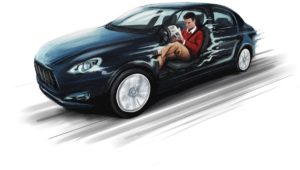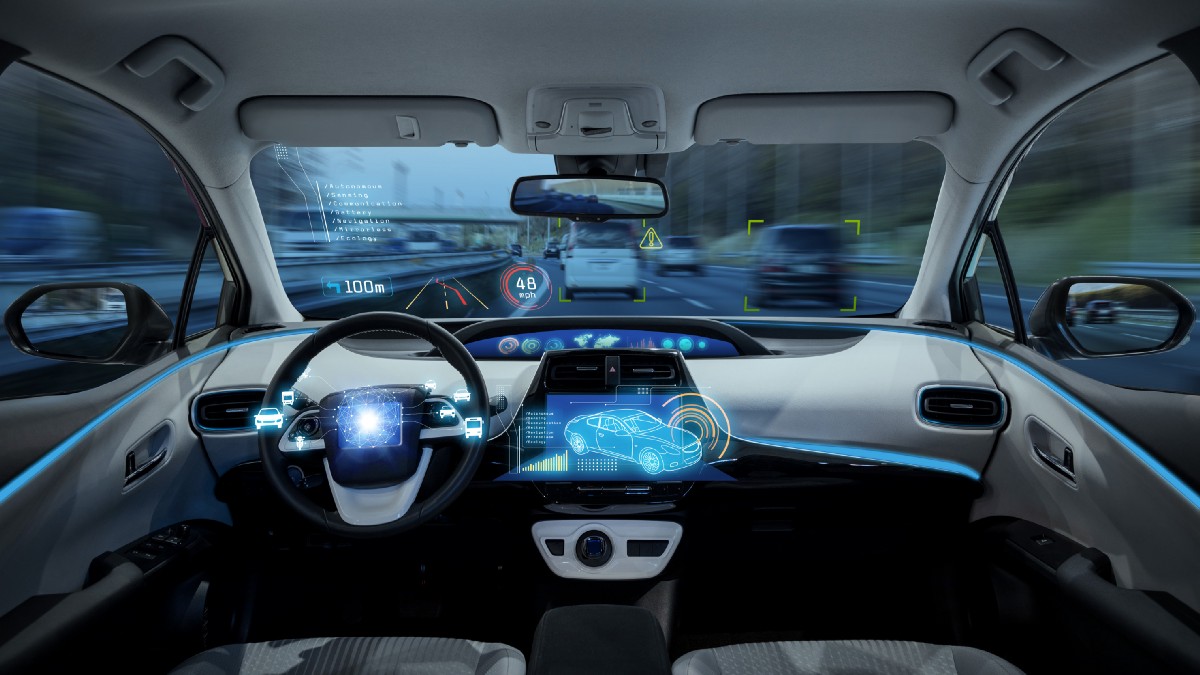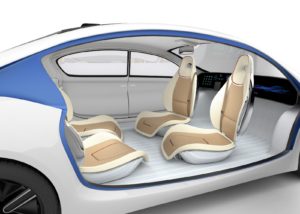“SiriCar, Drive Faster. We’re Running Late…”
…and other dilemmas on the Autonomous-Vehicle horizon. Let’s explore the next three phases of our driverless future.
The arrival of self-driving, driverless, and (or is it “and/or”?) autonomous vehicles is beginning to form a fuzzy shape on the horizon. Press releases and tech pundits alike are setting their sights on 2020. Or the 2020’s. Or 2025 … or by the end of that decade. To be certain, the technology is developing at a rapid pace, looking and sounding truly amazing. But there is also a great deal of uncertainty surrounding exactly how and to what extent all of these paradigm-shifting advancements will change our lives. There are layers upon layers of controversies and questions, and the top layers all involve ethical dilemmas before you even get down deeper into the vast challenges around logistics, infrastructure, and automation.
The number one F.A.Q.
The University of Michigan’s Mobility Transformation Center is a test facility (a simulated village called “M City”) and proving ground for connected and automated vehicle technology. Their web site http://www.mtc.umich.edu has a helpful F.A.Q. page, where one of the questions and its answer really stands out to me (emphasis mine):
Q: What are the barriers to progress?
A host of advances in such areas as connected and automated vehicle systems, multi-modal transportation, traffic performance management, fractional vehicle use, as well as in new fuels, novel engine design, alternative energy sources, and advanced materials, offer great promise to address the challenges and, in the process, to truly revolutionize mobility in societies worldwide. Individually, none of these advances will have the impact needed; we must look at our mobility system as a whole. To date, there has been little work on how to integrate the technical, economic, social, and policy considerations to create a viable mobility “system” that meets the dynamic needs of a changing society.
While the technology is compelling, this new “mobility package” needs to be highly attractive to users throughout society and needs to be commercially successful, creating many new business partnerships and opportunities.
Here’s a quick YouTube glimpse at what’s going on at M City.
Tech giants like Tesla, Google, Uber and Apple have all been connected to driverless car projects, as well as the major traditional car manufacturers. Each claims to have a plan, a strategy, and a time horizon. There have been many separate discussions, articles and essays by futurists and pundits about different technologies and moral dilemmas. States like California are beginning to prepare legislation to pave the way for … wait a minute. For what? As the U of M F.A.Q. articulates, very little of all of this technology has begun to collectively form a road map toward any sort of unified architecture. I’m a Stephen Covey “begin with the end in mind” guy and I believe the time has come to begin thinking about the need for total integration, for the “system,” the “mobility package.” And, as part of that planning, the industry also needs to find the best platforms for clearly communicating the path forward to the commuter and traveler marketplace so that they begin to buy into the excitement and opportunity. Right now, the future market of buyers who would need to hand over the keys and total control of their minivans, SUVs and sports cars view the driverless future with a lot of trepidation and confusion, and a little bit of fear.
Here are a couple articles, in case you need a further primer on the potential technologies and moral dilemmas. Then, let’s keep going by breaking down that F.A.Q. with a few more of my own.
Phase 1: Keep your eyes on the road and your hands on (or off) the wheel
What if we simply roll with the current trend of making today’s cars smarter and safer?
New car models are already equipped with amazing technology that is being derived from autonomous vehicle research and development. In fact, these are practically the only features car companies are advertising today: Parallel parking assist, back-up cameras, lane change sensors, automatic braking. These advancements are focused on safety but will continue to help manage fuel economy as well.
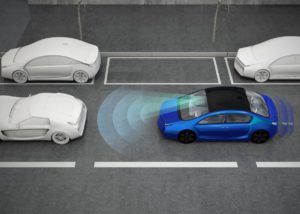
Because these “smart” technologies are becoming so pervasive, more and more of these types of cars are taking over the roadways. Within the next decade, a very high percentage of all cars on the road will be assisting drivers avoid their own common mistakes and defend against others. In the early 2020’s we may find that highway fatalities and injuries have decrease significantly, and are trending down rapidly.
Then what? Does the industry continue to aggressively pursue taking the human driver completely out of the equation to even further bolster safety and efficiency? Or do manufacturers and developers invest in other aspects of the vehicle technology such as electric/battery power and more charging stations? Consumers may find themselves comfortable living in this world, where they are still in control of their commute, can drive a sports car or SUV, and not be forced into riding in a Rolling iPhone or Android-On-Wheels. These enhanced-yet-still-human-controlled products would also help make the ride-sharing market safer and more efficient as well. Overall, this path keeps paid drivers — from long-haul to UPS to Uber — employed, as well.
Phase 2: We all need to share the road
More automation gradually but unrelentingly works its way onto the road.
Let’s assume the above scenario continues to come to fruition into the early 2020’s, but the big manufacturers have their driverless cars and related “connected infrastructure” technologies ready to do as well: They’re tested, municipalities think they’re prepared, some early-adopters hit the road without a steering wheel. What does that world look like?
This phase (let’s guess it at 2025–2035) will present an interesting rubicon: If consumers aren’t totally bought into the many paradigm shifts and involuntary life hacks that occur, or if the level of traffic safety and/or energy efficiency does not reach predicted targets … what then? Driverless adoption will continue to advance but it may slow, and impact the overall health of an industry that has probably invested billions multiple times over. Does advancement eventually “hold” and driverless vehicles find their nichés in certain ride-sharing, delivery and transit services, while the consumer marketplace dictates that they want to literally keep their hands on the wheel?
Of course, the opposite could happen as well. In 2030 driverless adoption could be moving full speed ahead, with consumers climbing in their back seat living rooms and offices and enjoying their productive commutes. One of the best sales pitches I’ve heard describes your driverless car dropping you off at work and going to park in a massive industrial ramp nearby but out of eyeshot of otherwise luscious, parking-structureless environs. When you’re ready to leave work, you summon your GoogleCar to first go pick up your children from band practice before coming to fetch you. Everyone shares the thoroughfare in their roving family rooms, waving to each other and to the poor suckers still forced to keep their eyes on the road in their merely driver-assisted vehicle.
Phase 3: We live inside a computer
Like a circuit board on silicon, our highways transport us around like bits and bytes to our destinations.

I feel like I’m skipping WAY ahead here, but the logical sequence of this technology is to first assist drivers, then augment drivers and driving, and then eventually replace it all, and replace it completely. Otherwise, we might as well remain in Phase 1 … Phase 2 could offer a world full of uncomfortable juxtapositions and moral dilemmas, with human drivers getting fed up with confused, cautious Roomba-mobiles. But if we can get to Phase 3, this is where everything speeds up like never before. If there are no human-controlled cars on the road and all robotic, connected vehicles are communicating with each other in a grand symphony orchestra of traffic flow, then the possibilities and benefits are pretty remarkable: More safety, more time savings, less fuel usage, less parking real estate. Lanes can be narrower, we may not need garages, or even our own cars or car insurance. That expense can be put to other uses in our lives. Utopia and Nirvana rolled into one.
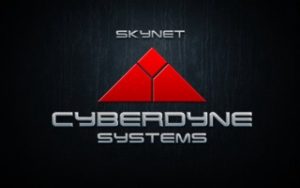
But … Many jobs will be replaced. Will this Utopian Nirvana be only for elites, while the less fortunate actually become less mobile than they are now? Also, we’d be at the mercy of a giant, potentially hackable, SkyNet-like “system” as the M City web site alluded to.
And how do we get “there” from “here”?
Does the U.S. Government set a “Zero Day” in 2030 or 2040 when all traditional or assisted cars must be off the road, and driverless vehicles take to all the new infrastructure in one simultaneous, world-changing swoop? And speaking of “world-changing:” Is this a global event? Will the “haves and have nots” who can afford and participate in this revolution also apply to rich vs. poor nations?
Something this far-reaching and earth-shifting is going to need to be communicated. Clearly, in simple terms, without bias and with a focus on the common good of everyone.
It’s a huge leap, that’s for sure. One that skeptical consumers may not be ready for any time soon, especially in today’s political climate. Now may not be a good era to espouse a technology revolution that is perceived as being based in elitist Silicon Valley and replacing yet more jobs with automation. Something this far-reaching and earth-shifting is going to need to be communicated. Clearly, in simple terms, without bias and with a focus on the common good of everyone. And that, again, is unfortunately not something that we’re seeing or hearing a lot of in today’s political climate.
Back from the future
In the present day, it’s now time to communicate the vision (begin with the end in mind)
With the “Big Three” tech companies Apple (probably), Google and Elon Musk’s Tesla firmly behind autonomous vehicles, alongside Detroit’s traditional Big Three, a driverless future is happening … someday. Their research and development has brought the technology to the brink of being ready to break through, and now is the time to begin communicating their progress and clarifying both the barriers and the benefits. A vision needs to begin taking shape, including an articulation of the “phases” that I outline above. These communications need to address not only the “wow” factor but also the societal and safety concerns. They’ll need to prove that the benefits far out-weight concerns, and that millions of professional drivers will not lose their livelihood. Demonstrating a predicted surge in jobs needed for manufacturing and infrastructure related to driverless technology rollout would, of course, but useful as well.
So far, communicating this vision has been fragmented among the aforementioned companies and institutions. Tech blogs and futurist essays are making best-guesses as to what the next decades will bring. Online resources like this Germany-based http://www.driverless-future.com/ are a good aggregation of what’s happening, everything that’s been done and said, but it’s more industry-focused than geared toward getting consumers excited.
I’m raising my hand in the air as someone who’s interested in helping with this communication effort, even if at first it’s continuing to participate in the conversation.
